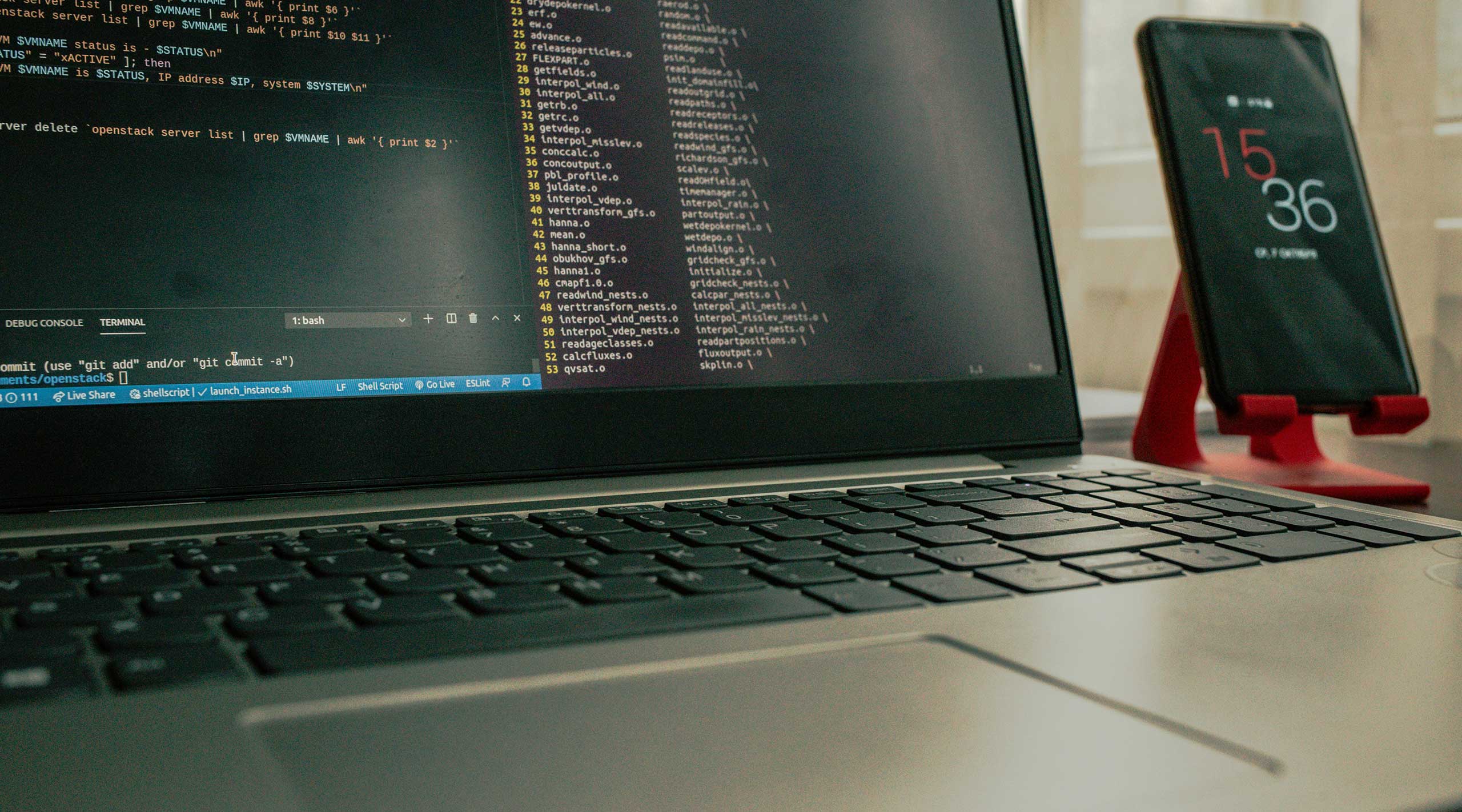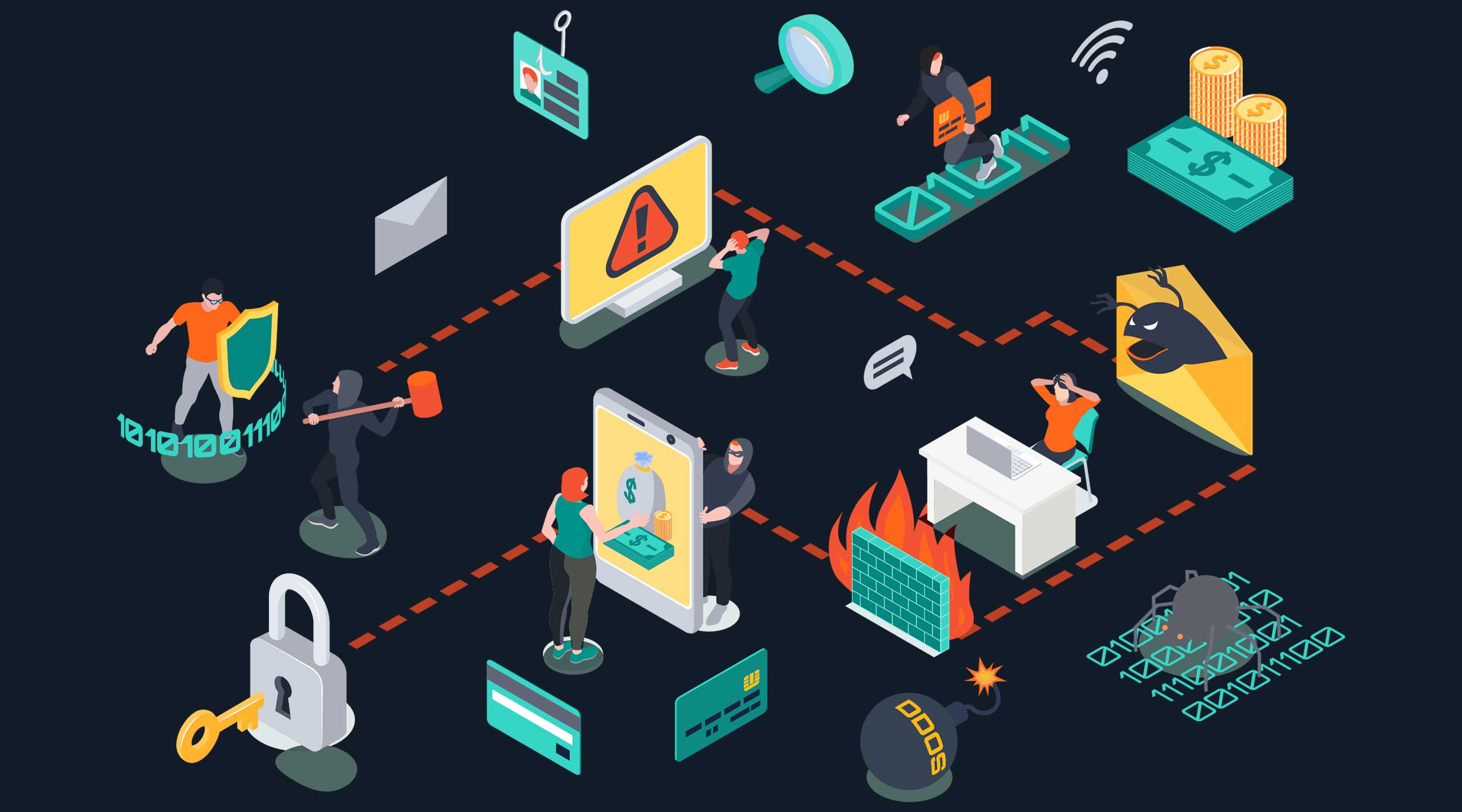
The Growing Threat of Insider Attacks
While external hackers pose significant cybersecurity risks, insider threats from employees, contractors or partners can be even greater dangers. According to research, insider attacks account for one-third of breaches with higher impacts like data theft or system sabotage (1). As a leading cybersecurity firm, sec1 recognizes the increasing hazards of insider threats and can help clients implement robust protections.
Insider threats are often overlooked because companies focus more on perimeter defenses against outside actors. But insiders have trusted access to sensitive systems and data that external attackers usually don’t, making their malicious acts hard to detect and prevent. Various factors have led to the growing menace of insider threats:
Increased Remote Work – With more employees working from home outside the corporate firewall, monitoring insider behavior gets more difficult.
Complex IT Systems – Sophisticated IT and cloud infrastructures provide more opportunities for insider misuse. Disgruntled workers can abuse elevated privileges or stealthily steal data.
Economic Pressures – Factors like layoffs or financial problems may motivate staff to sell data or intellectual property out of desperation.
Securing environments against insider threats involves balancing security controls with user productivity. Best practices include:
Enforcing Least Privilege Access – Only provide the minimal system access required for an insider’s role. This limits damage potential.
Implementing Separation of Duties – Split authorization between multiple users to prevent unilateral insider actions.
Increased Monitoring Controls – Employ data loss prevention, user behavior analytics and honeypot traps to spot insider misuse faster.
Frequent Third-Party Risk Assessments – Continuously evaluate risks from suppliers, partners and MSPs.
With flexible tools for managing identities, entitlements and monitoring analytics alongside expert consulting, sec1 can architect insider threat programs tailored to your organization’s risks. Contact sec1 today to learn more.
Understanding Insider Threats
Insider threats encompass a broad spectrum of malicious activities perpetrated by individuals with insider knowledge and access. These threats can manifest in various forms, including:
- Malicious Intent: Employees or insiders with malicious intent may intentionally sabotage systems, steal sensitive data for personal gain, or disrupt business operations.
- Negligence: Unintentional actions or negligence by insiders, such as clicking on malicious links, falling victim to phishing attacks, or mishandling sensitive information, can inadvertently expose the organization to security risks.
- Compromised Accounts: Insider threats can also stem from compromised user accounts or credentials, either through credential theft, insider collusion, or social engineering attacks.
Risks Posed by Insider Attacks
Insider attacks pose significant risks to organizations across all industries, including:
- Data Breaches: Insiders with access to sensitive data can exfiltrate or leak confidential information, leading to data breaches and compromising the organization’s reputation and compliance obligations.
- Intellectual Property Theft: Insider threats can result in the theft of intellectual property, proprietary information, or trade secrets, undermining the organization’s competitive advantage and innovation efforts.
- Financial Losses: Insider attacks can cause financial losses through fraud, embezzlement, or unauthorized transactions, impacting the organization’s bottom line and financial stability.
- Reputation Damage: Public disclosure of insider incidents can tarnish the organization’s reputation, eroding customer trust and investor confidence.
Mitigating Insider Threats
To effectively mitigate insider threats, organizations must adopt a multi-faceted approach that combines technical controls, user awareness, and proactive monitoring. Here are some strategies to consider:
- Implement Access Controls: Limit access to sensitive systems and data based on the principle of least privilege, ensuring that insiders only have access to resources necessary for their job roles. Utilize identity and access management (IAM) solutions to enforce access policies and monitor user activities.
- Monitor User Behavior: Deploy user and entity behavior analytics (UEBA) tools to monitor and analyze user activities for anomalous behavior patterns indicative of insider threats. Look for signs of unauthorized access, data exfiltration, or unusual data transfer activities.
- Enforce Data Loss Prevention (DLP) Policies: Implement DLP solutions to prevent the unauthorized transfer or sharing of sensitive data outside the organization’s network. Configure DLP policies to detect and block unauthorized attempts to access or transmit sensitive information.
- Promote Security Awareness: Educate employees about the risks of insider threats and the importance of adhering to security policies and procedures. Conduct regular security awareness training sessions covering topics such as phishing awareness, data handling best practices, and incident reporting protocols.
- Establish Incident Response Plans: Develop and regularly test incident response plans to effectively respond to insider threats. Define roles and responsibilities, establish communication channels, and outline steps for containment, investigation, and remediation of insider incidents.
Securing Against Insider Threats with SEC1
At SEC1, we understand the critical importance of protecting organizations against insider threats. Leveraging our expertise in cybersecurity, SEC1 offers comprehensive solutions to detect, mitigate, and prevent insider attacks. With the world’s largest vulnerability database and the fastest vulnerability scanner, SEC1 provides actionable insights and proactive security measures to fortify organizations’ defenses against insider threats.
Our cloud security solutions deliver smart, adaptive defenses to safeguard against insider attacks in dynamic cloud environments. Additionally, our penetration testing services offer rigorous assessments to identify and remediate vulnerabilities in organizational systems and applications, ensuring robust security posture against insider threats.
References:
- Verizon 2022 Data Breach Investigations Report. https://www.verizon.com/business/resources/reports/2022/2022-data-breach-investigations-report.pdf

